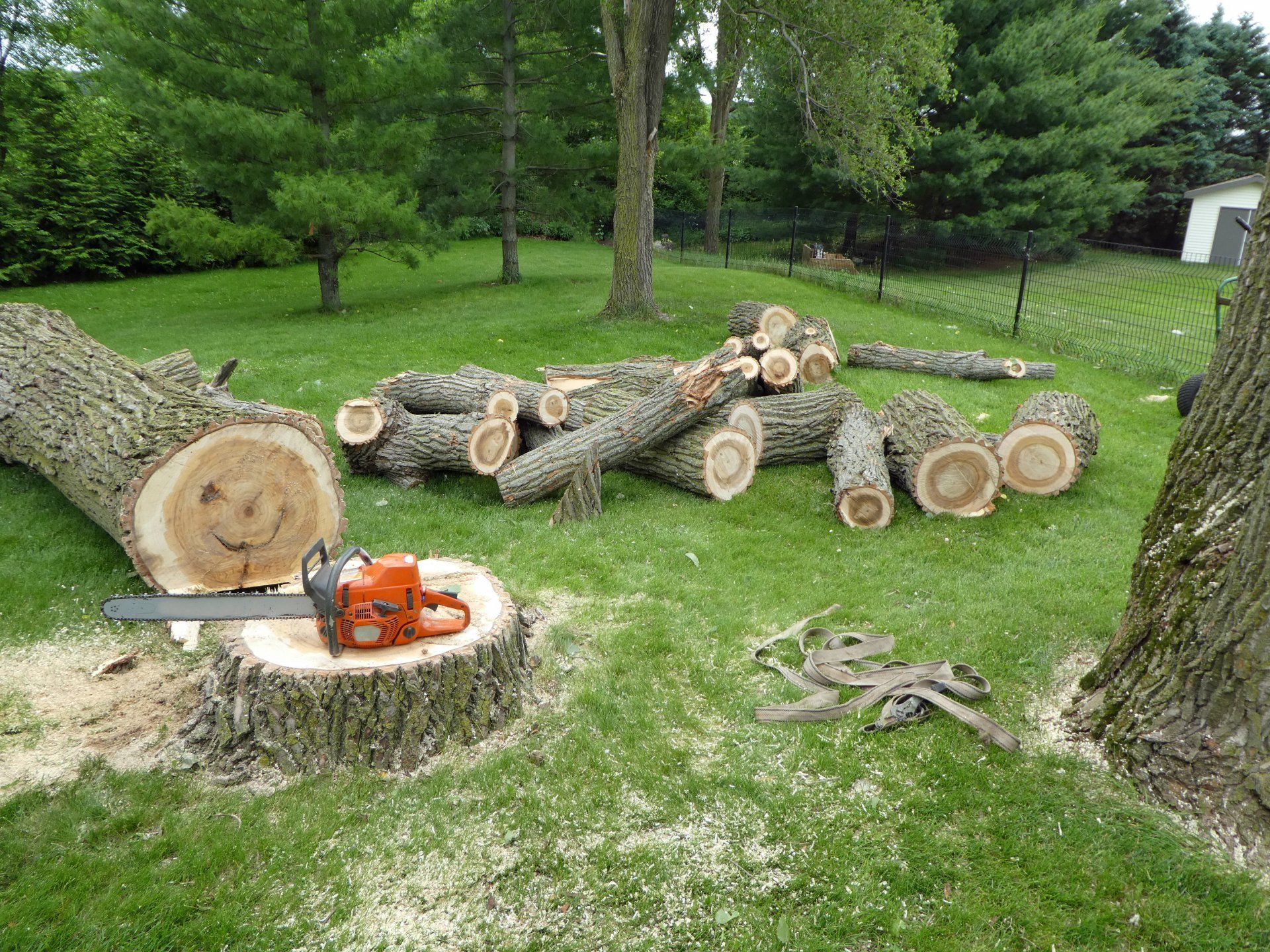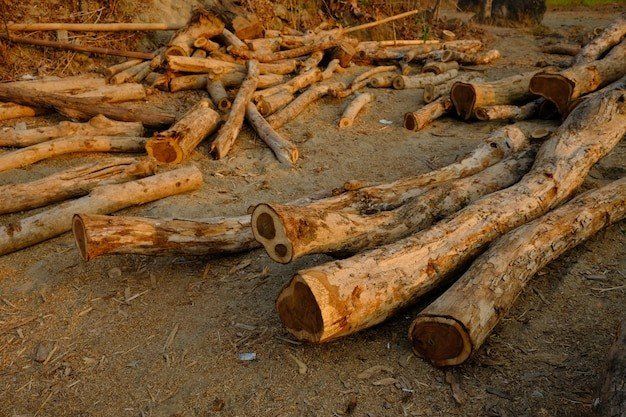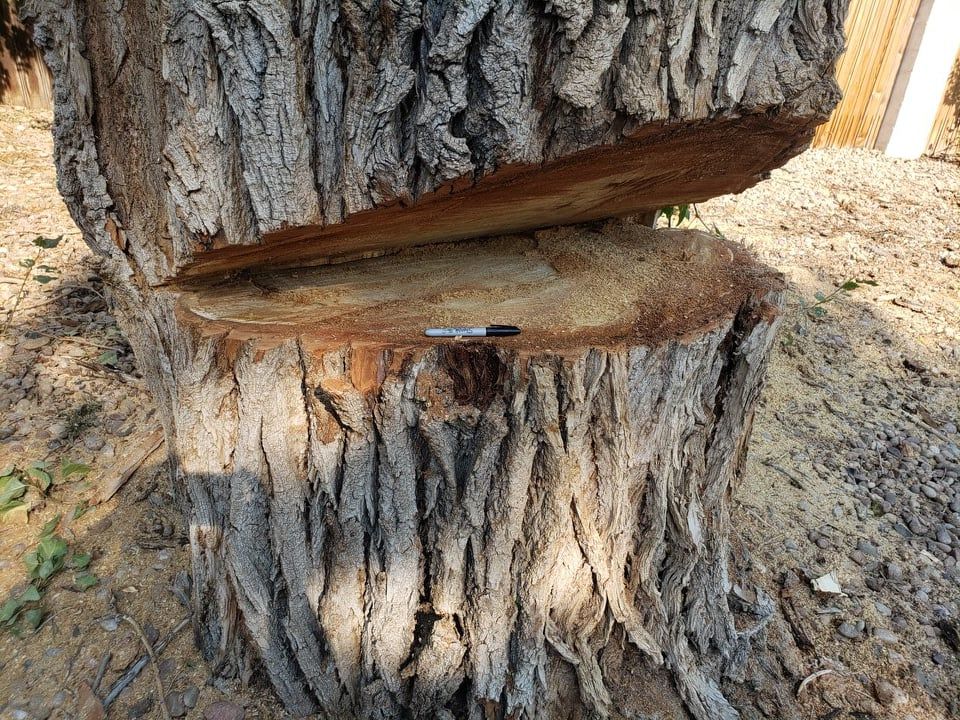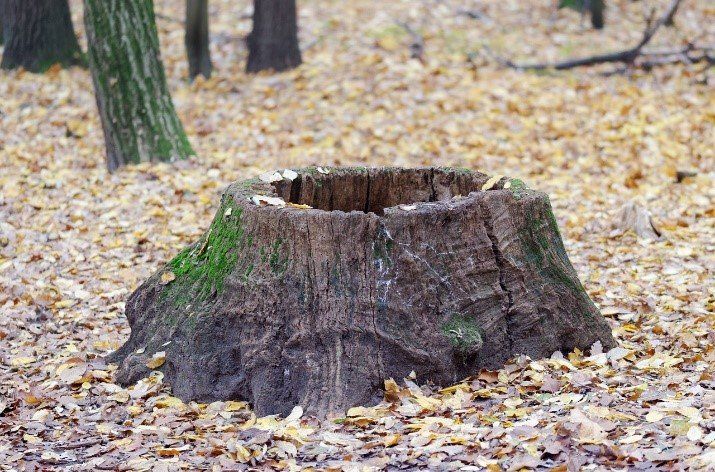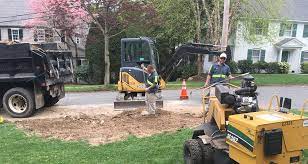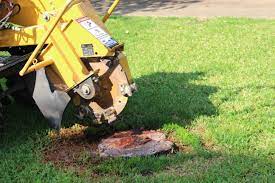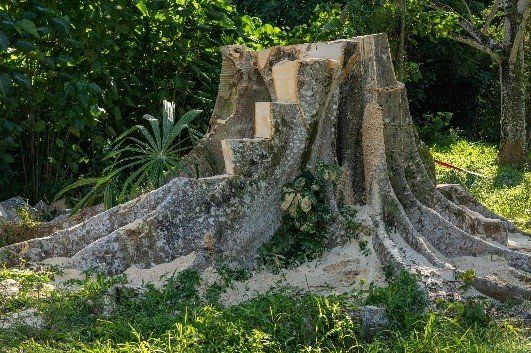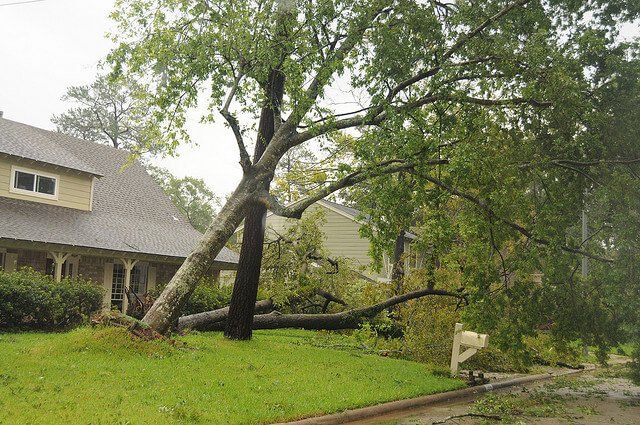What happens to roots after stump grinding?
What happens to roots after stump grinding?
When you have a tree removed from your property, stump grinding is often the best way to remove it. Stump grinding removes the stump and ground around it, leaving little trace that a tree was ever there. However, it’s important to think about what will happen to the roots after they are ground. If you don’t take measures to protect them, the roots can cause a variety of issues for your property. Here are some reasons why you should protect those roots after stump grinding.
Why is it important to protect stump grinding roots?
After the tree is removed from your property, the ground around the stump is often excavated and then ground up. This process is called stump grinding, and it’s a common way to remove tree stumps. After the stump is ground, any remaining roots are vulnerable to damage. The stump itself may be completely gone, but the remaining root system can cause a variety of issues for your property. Stump grinding roots pose a threat to the health of your lawn. The roots can rob your lawn of nutrients and water, and they can also cause soil compaction. This can lead to wilting and yellowing of the grass. The roots can also pose a threat to your water supply. Roots can infiltrate the water supply, and they can clog the sewer lines of your home. If you don’t protect stump grinding roots and they run into a gas line or water line, it could cause a major setback on your project.
Reasons why you should protect the grinder cuts
If you don’t take measures to protect the roots after stump grinding, they can pose a number of issues for your property. If you have a gas line or water line that runs under the tree stump, the roots can infiltrate it. The roots can also cause soil compaction, which can lead to poor water and air flow. They can rob the soil of nutrients and take up water that your lawn needs. If you have a septic system, the roots can clog up the lines and lead to backups. The roots can also pose a tripping hazard. They can get caught in shoes and cause you to lose your footing.
How do you protect those roots?
There are a few ways that you can protect the roots after stump grinding. One of the best ways to protect the roots is by installing a catch basin. A catch basin is basically a hole in the ground. You can excavate the soil around the roots, and then you can put the soil back in the hole to form a basin. You can create a basin by digging a hole around the site where the roots are and filling it with soil. The surrounding soil will help protect the roots from damage. Another way to protect the roots is by installing root barriers. Root barriers are basically strips of a vinyl material that you install around the site where the roots are to protect them. Root barriers work well around gas lines and water lines. If you don’t want to install a root barrier, you can also protect the roots by mulching them. It’s important to wait to mulch the roots until after they’ve been ground. Otherwise, you could be covering the grinder cuts and making them harder to see.
Installing a catch basin
One way to protect the roots after stump grinding is by installing a catch basin. A catch basin is basically a hole in the ground. You can excavate the soil around the roots and then put the soil back in the hole to form a basin. You can create a basin by digging a hole around the site where the roots are and filling it with soil. The surrounding soil will help protect the roots from damage. You can dig out the soil around the site where the roots are and then put the soil back in the hole to form a basin. The surrounding soil will help protect the roots from damage. You can create a basin by digging a hole around the site where the roots are and filling it with soil. The surrounding soil will help protect the roots from damage.
Installing root barriers
Another way to protect the roots after stump grinding is by installing root barriers. A root barrier is basically a strip of a vinyl material that you install around the site where the roots are to protect them. You can install root barriers around gas lines and water lines to protect them from the roots. You can also use root barriers to prevent the roots from spreading further around your property. Root barriers work well around gas lines and water lines. You can install root barriers around the site where the roots are.
Mulching the roots
Another way to protect the roots after stump grinding is by mulching them. It’s important to wait to mulch the roots until after they’ve been ground. Otherwise, you could be covering the grinder cuts and making them harder to see. You can mulch the roots after stump grinding by putting an inch of compost or mulch around the site where the roots are. Mulching the roots will help prevent them from taking up water and nutrients from the soil. It will also help prevent the roots from spreading further around your property.
Conclusion
After the tree is removed from your property, the ground around the stump is often excavated and then ground up. This process is called stump grinding, and it’s a common way to remove tree stumps. Stump grinding removes the roots and ground around the stump, leaving little trace that a tree was ever there. However, it’s important to think about what will happen to the roots after they are ground. If you don’t take measures to protect them, the roots can pose a variety of issues for your property. There are a few ways that you can protect the roots after stump grinding.
